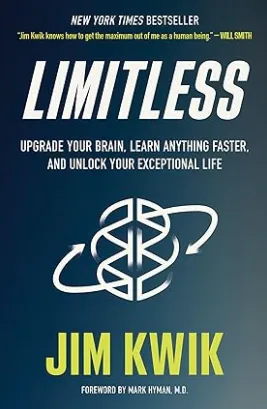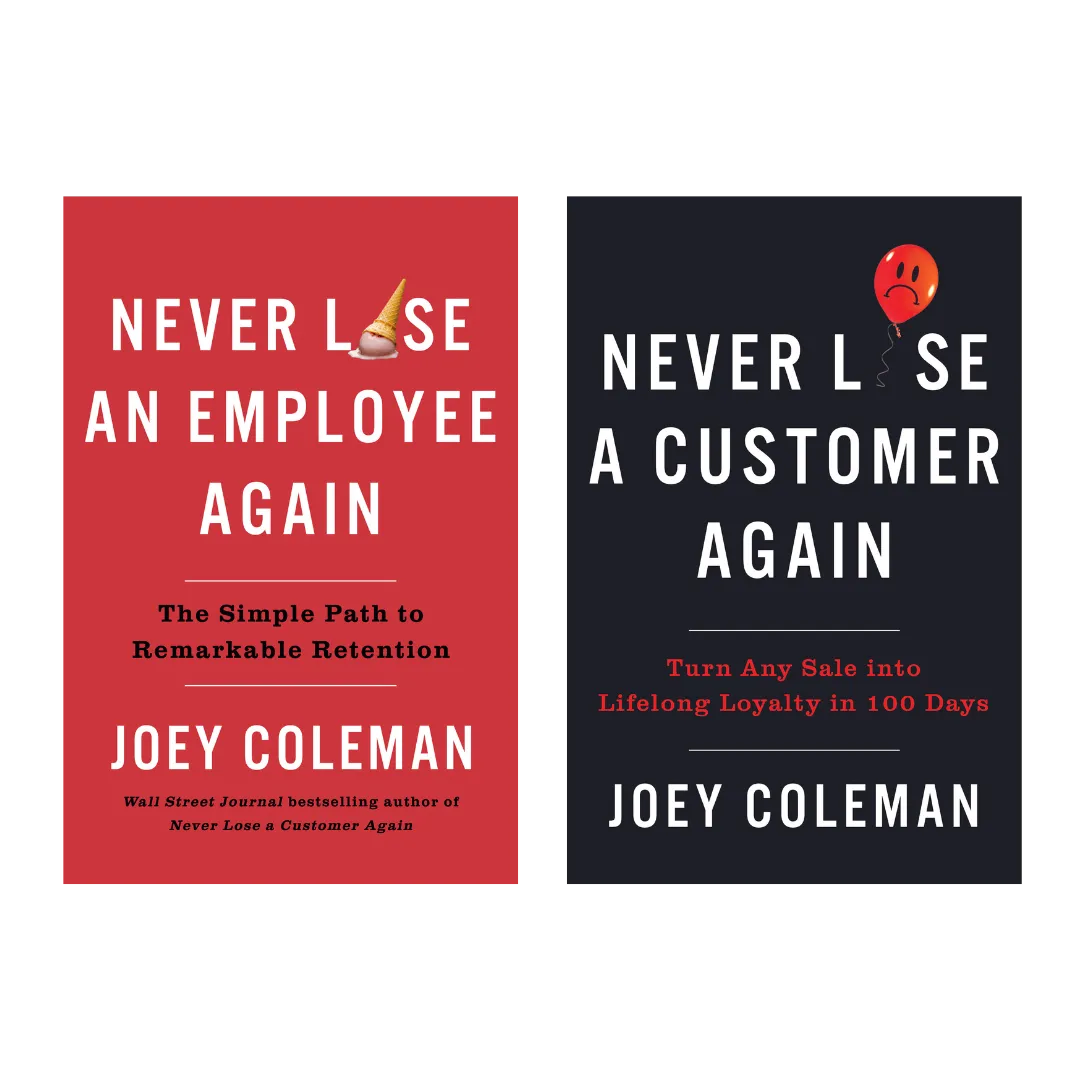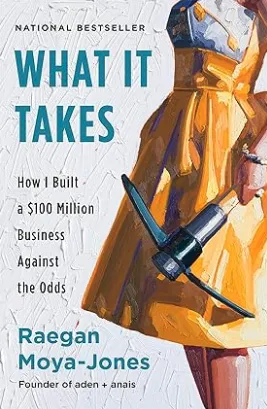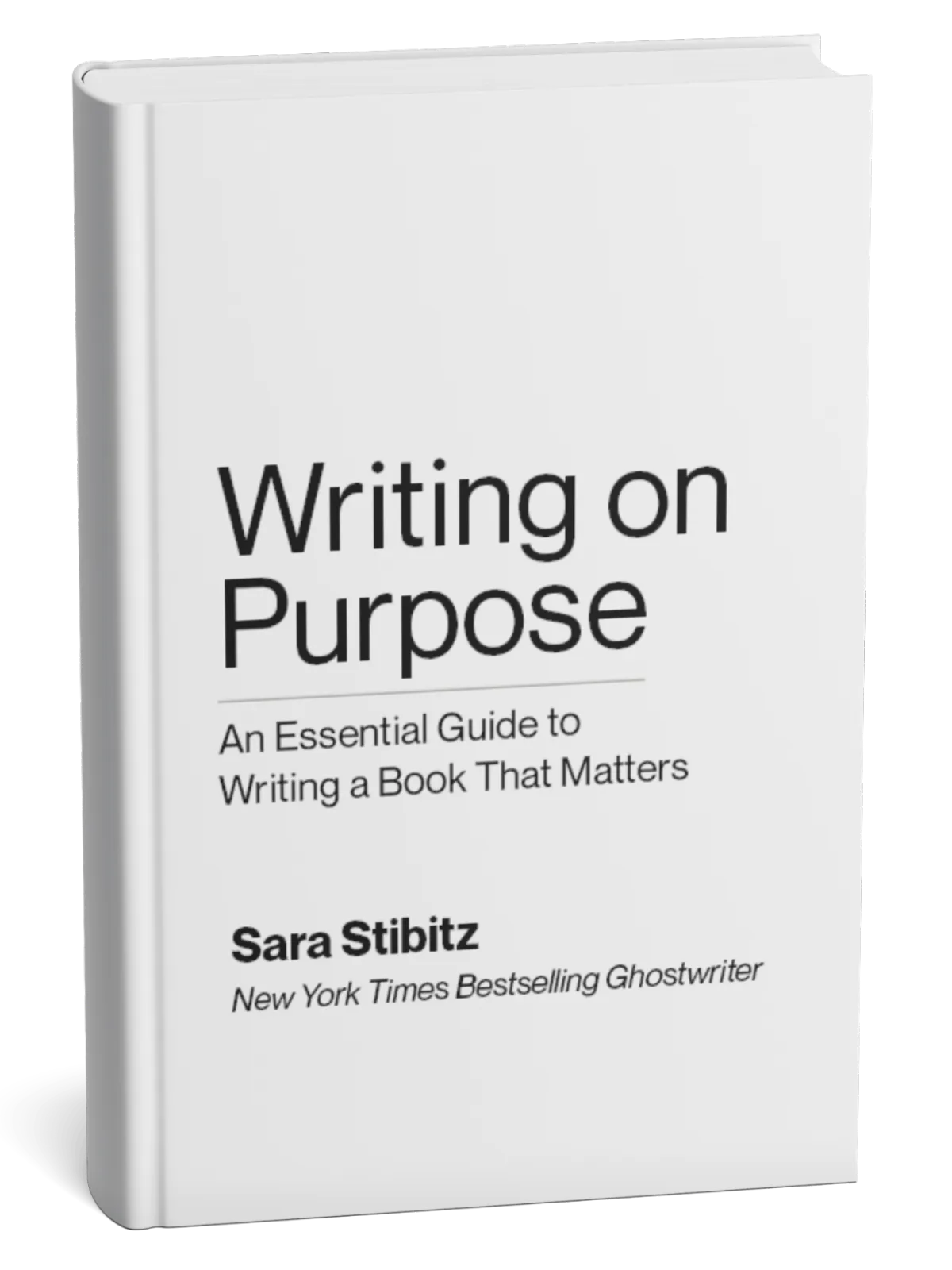Download free book bonuses, templates & guides here!
Need help writing your book?
Get the support you need.
Buy the Book
Get your copy of Writing on Purpose today and make your publishing dreams a reality.
Join Zenith Writing Community
Join our weekly, online writing community and get the support you need.
Get the Workbook
Buy the workbook that will help you get the most out of this advice.

20k+Courses

20k+Happy Clients

500+Experts

About the Author
Sara Stibitz is a New York Times and Wall Street Journal bestselling collaborative writer and creative coach. Many of her clients' books have won awards from Nautilus, Bloomsbury, Axiom, Reviewers Choice, Indie Excellence, and Independent Press. Her writing has been featured in Harvard Business Review, Spoilage Literary magazine, and more. She has a keen ability to draw out meaningful stories from within her clients and brings a blend of empathy and intuition to every project.
WORK FEATURED IN






Subscribe for writing advice!
What Authors are Saying

Sara, you were invaluable. Grateful for all you've done to get us to the finish line.

Jim Kwik
Professional Speaker | Founder of Kwik Brain Universe
Author of New York Times bestseller Limitless: Upgrade Your Brain, Learn Anything Faster, and Unlock Your Exceptional Life

Sara Stibitz not only shares the tactical, what-to-do-next parts of writing a book, but also tips and techniques for navigating the emotional rollercoaster that plagues every author (but few are willing to discuss publicly). Stibitz blends the how-to, the why, and the what into a blueprint for any nonfiction writer who wants to author a successful book.

Joey Coleman
Professional Speaker | Culture Design Expert
2X Wall Street Journal bestselling author of Never Lose a Customer Again and Never Lose an Employee Again

Sara is the most patient, collaborative, talented writing partner a girl could ever hope for. She is the OG of writing.

Raegan Moya-Jones
Founder of aden + anais | Founder of Saint Luna
National bestselling author of What It Takes: How I built a $100 Million Dollar Business Against the Odds
Our Latest Articles

Why Thought Leaders Need to Build Their Own Mental Models
There we were, right in the middle of a giant, six-figure project for a book written by an author with such name-recognition that the book would sell around the world the moment it was released. The pressure was on… and it was becoming increasingly clear that the client had no idea what to say.
Let me tell you from experience: figuring out what you want to say in the middle of a writing project is the wrong time to figure out what you want to say. It’s painful for everyone, makes the project drag on, and builds unnecessary friction. This is the very reason that most people emerge from the process of writing a book and declare, “Never again!”
And here’s the thing—it’s not always obvious when an author isn’t sure what to say. We entered into this project with the idea that the client could draw on their decades (yes, decades) worth of content—and previous books. They had decades of experience coaching and training people to live better lives. But we were still at a loss… so what went wrong?
They didn’t understand the fundamental difference between having content and ideas… and having structure, depth, and meaning. Oodles of content is worthless if you’re not sure what all of it means when taken together, if you’re not clear about the deeper message—or the deeper mental model or framework—that brings that content to life.
They hadn’t done the work to consolidate their wisdom in a way their readers could use.
They hadn’t taken the time to step back, evaluate their body of work, earned experience, and knowledge, and turn it into a workable mental model that delivers an outcome and can be taught to someone else. Without the underlying teaching principle—the ideological framework, concept, method, process, or principles—their work had no backbone.
If global organizations with incredible resources and content can miss this step, anyone can. It’s that simple and that hard.
In the first years of my business when I worked with authors as an editor, I spent a lot of time trying to iron out messy books that had no framework or overarching framework. I was often faced with a mangled manuscript that needed structure, so my team and I would create a structure from the material present. Because no author wants to cut thousands of words, the structure almost always had to fit the content available—which is a little like the tail wagging the dog.
Then we started working with clients to help them write their books. Over time, we noticed that some book outlines served as amazing, rock-steady guideposts for the writing process, while other outlines seemed ephemeral and ever-changing, never grounded in reality. The flimsy outlines were usually evidence of someone working their thoughts out on the page.
We noticed that the best outlines were based on an already existing framework that had been taught and tested prior to being worked into the outline. Those outlines worked even better if the author practiced with the framework or model for years prior to writing. Over time, we realized that a solid framework or mental model serves as the foundation for all meaningful, transformative, intellectual property.
Why Building Your Own Mental Models Is Important
If you’re building intellectual property you want to share via courses, books, speeches, content, and podcast interviews, it’s important to take time to create a rock-solid framework, mental model, or philosophy that will serve as the underpinning for the structure of your teachings.
Mental models and frameworks (words that I’ll use interchangeably) take all of your hard-earned knowledge and wisdom and sculpt them into a tool that someone else can use. You’ve probably heard the phrase mental model, which is a representation, sometimes visual, of how a thing works in the real world. In Latin, the word for framework is compago, which means to “bind together.” Building your hard-earned wisdom and knowledge into a model is to bind together what you’ve learned over the last few decades of your life and come up with a framework that can be shared with your audience.
Models and frameworks are essential for supporting the structure of an idea. We need mental models to learn effectively. Charlie Munger talks about how we need structure and frameworks to truly understand and recall information: “You can’t really know anything if you just remember isolated facts and try and bang ’em back. If the facts don’t hang together on a latticework of theory, you don’t have them in a usable form... And you’ve got to array your experience both vicarious and direct on this latticework of models.”
This is why your framework is so much bigger than any one product you might create. It’s the core of how you will teach. It should be deeply related to your overall message, the one you plan to work with for the next five years or longer. If you want your framework to apply in all aspects of your business, you need to get the model right before you ever think about book structure. The clarity that comes with the right framework is like rocket-fuel for your work and your ideas. Knowledge without a framework is useless.
The Underpinnings of Mental Models
How do you begin to build a mental model? First, consider how you want to teach your audience.
Philosophies are systems of thought, lenses for looking at the world. When I say “philosophies,” I’m also encompassing principles into this idea. Principles and philosophies can be hierarchical or come in no particular order (although that can be deceptive, since you still have to describe them in some kind of order). Philosophies can be prescriptive and/or optional. No matter how you structure them, they have to do with the higher-level thinking that is required for approaching a given problem or scenario. This is typically where we tell the user how to think about the problem we’re helping them solve.
Methods and processes are a set of sequential steps that build on one another, by which a specific task is completed. Methods usually come with their own set of rules, tests, activities, and outcomes which are repeatable. They usually involve action steps to solve a specific problem. Methods are tactical, practical, and far more boots-on-the-ground than philosophies. This is where you tell the user “what to do.”
The final result of your mental model should take into account not only your body of knowledge, but how it will work for the audience you plan to teach. Consider this: If you want to create a set of philosophies or principles, the model will be less tactical and more philosophical—meaning it might be harder for the user to apply in the real world. If you create a process or method, the model will be tactical but might age more quickly as the steps in the model change over time. Process-oriented models are more applicable but less geared toward high-level thinking.
Let’s look at an example. Let’s say you’re a marketing expert who wants to share your insights on the topic after decades in the industry. You have so much experience that it would be easy to get either tactical—boots-on-the-ground specific—or philosophical with a 30,000-foot view. Most of your clients come to you looking for specific advice about what to do in today’s market, but successful marketing tactics change rapidly. Advice that’s good now might not be good in three months, much less six months. This makes the boots-on-the-ground approach difficult because any advice you give could be outdated within a short time frame.
Now, this isn’t inherently bad, especially if your clients are looking for tactical advice. But you’ll have to be ready to update your framework frequently.
On the other hand, if you kept it high-level and created a set of principles that apply over long periods of time, the applicability of your advice will stand longer. The issue is that some of your clients, if not many of them, might have a harder time applying those principles without further assistance from you.
The trade-off here boils down to this: Do you want to tell them how to think about a topic or what to do about it?
Here’s the secret: The best models have elements of both. Find a way to incorporate both into your framework, and you’ll be giving your client something of value that has the potential to transform their life.
What Makes a Good Model
I’m about to go meta and share the principles of a good set of principles. As you think about how you’ll share your mental model, I want you to think about how each of these might apply.
Memorable. Ideas get shared when the content is memorable. What makes it memorable? Usually, relevancy, simplicity, and portability is best. For this reason, forty-eight steps in a process is too much. It's not a portable or easily-explainable process to someone else, even if it is impactful. Any more than ten steps, rules, or philosophies is generally overwhelming to the mind, so consider how your steps or principles might nest inside one another if you think you have more than ten. They need to be hyper-relevant to a problem someone is trying to solve in their own life. Simply being descriptive won’t be enough to be memorable.
Outcome-driven/Useful. An empty framework is meaningless—that should go without saying, yet I see rather meaningless models used in sales all the time. Models can be really cool and eye-catching with all their shapes and colors, but if they’re not clear on the necessary action steps or end result, it won’t create change or transformation. The people coming to you for advice want a specific outcome, and the easier the change, the better. For that reason, your framework needs to be outcome-driven. You need to be clear on the transformation the reader will have if they use your framework—and so do they.
Tested. The framework you teach needs to be attainable, and that means you need to have seen the framework in action. An untested model is just theory. Only when it brushes up against the realities and constraints of real life—such as real people and their habits, circumstances, and abilities—will you truly know if the model works.
Your model should be effective for about 80% of the people who try to use it. Why 80%? First, it's unrealistic to think that 100% of the people who read your book or use your framework will apply it successfully. There will be failures for a myriad of reasons, and that's okay. But there's a big difference between a framework that works when you're standing in front of the room teaching it—coaching stragglers along with your expertise—and a framework that 80% of people can understand and apply with some success without any personal coaching at all. We get to this by consistently testing and refining the framework out in the real world.
This also speaks to the experimental idea of a working model. The model is never really finished. It will never be perfect. It can always be improved on, especially over years of learning how people interact with it.

